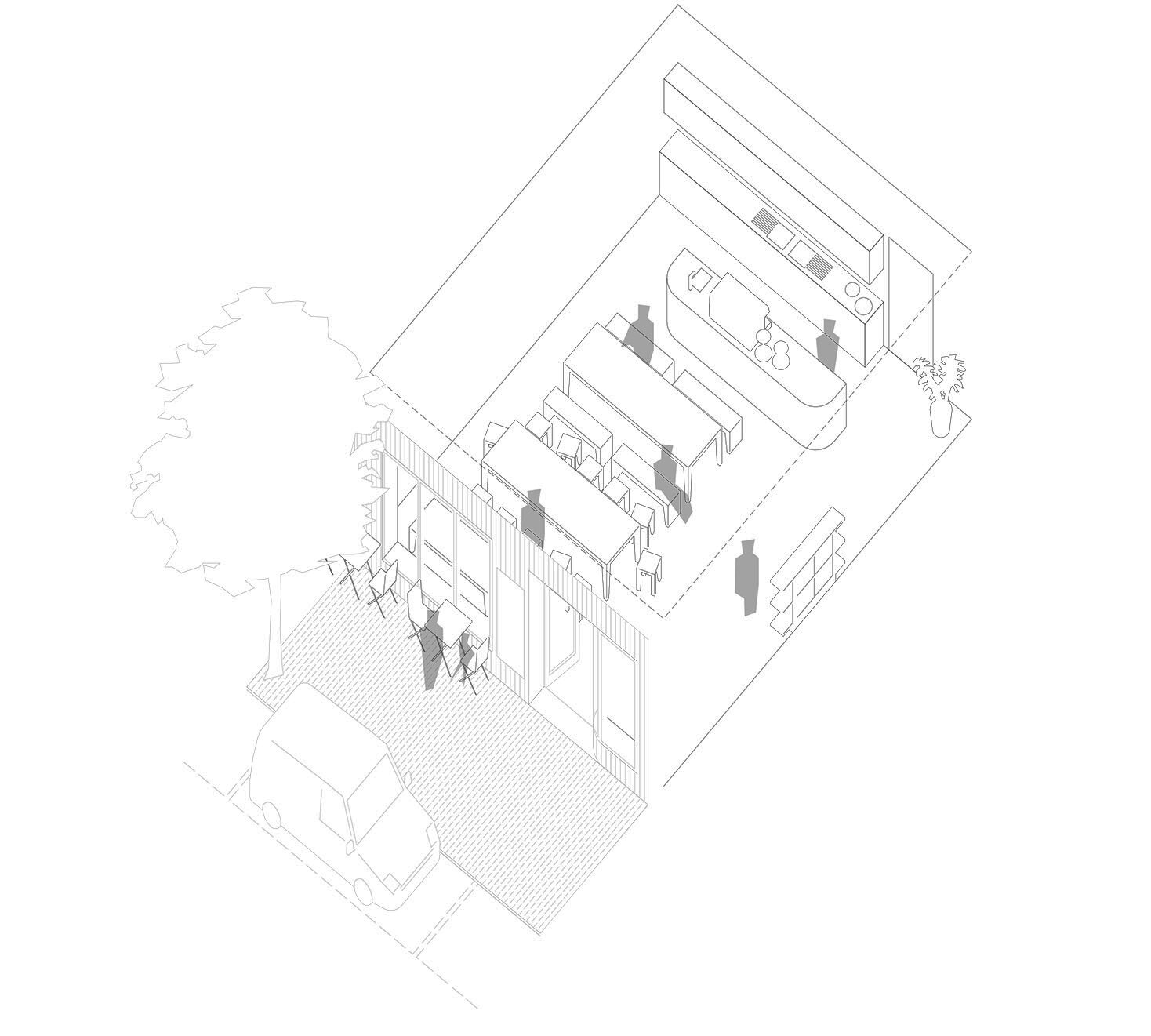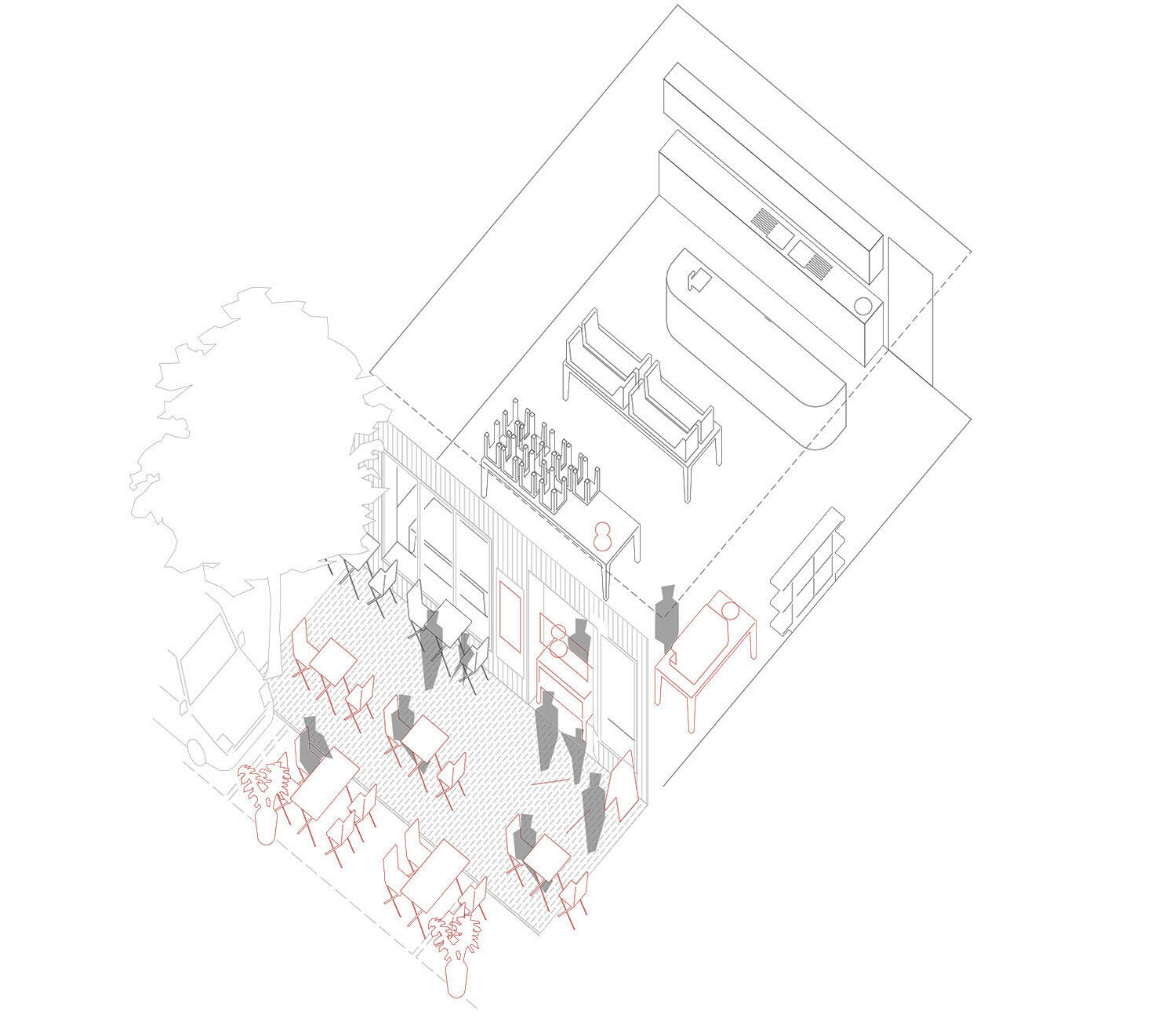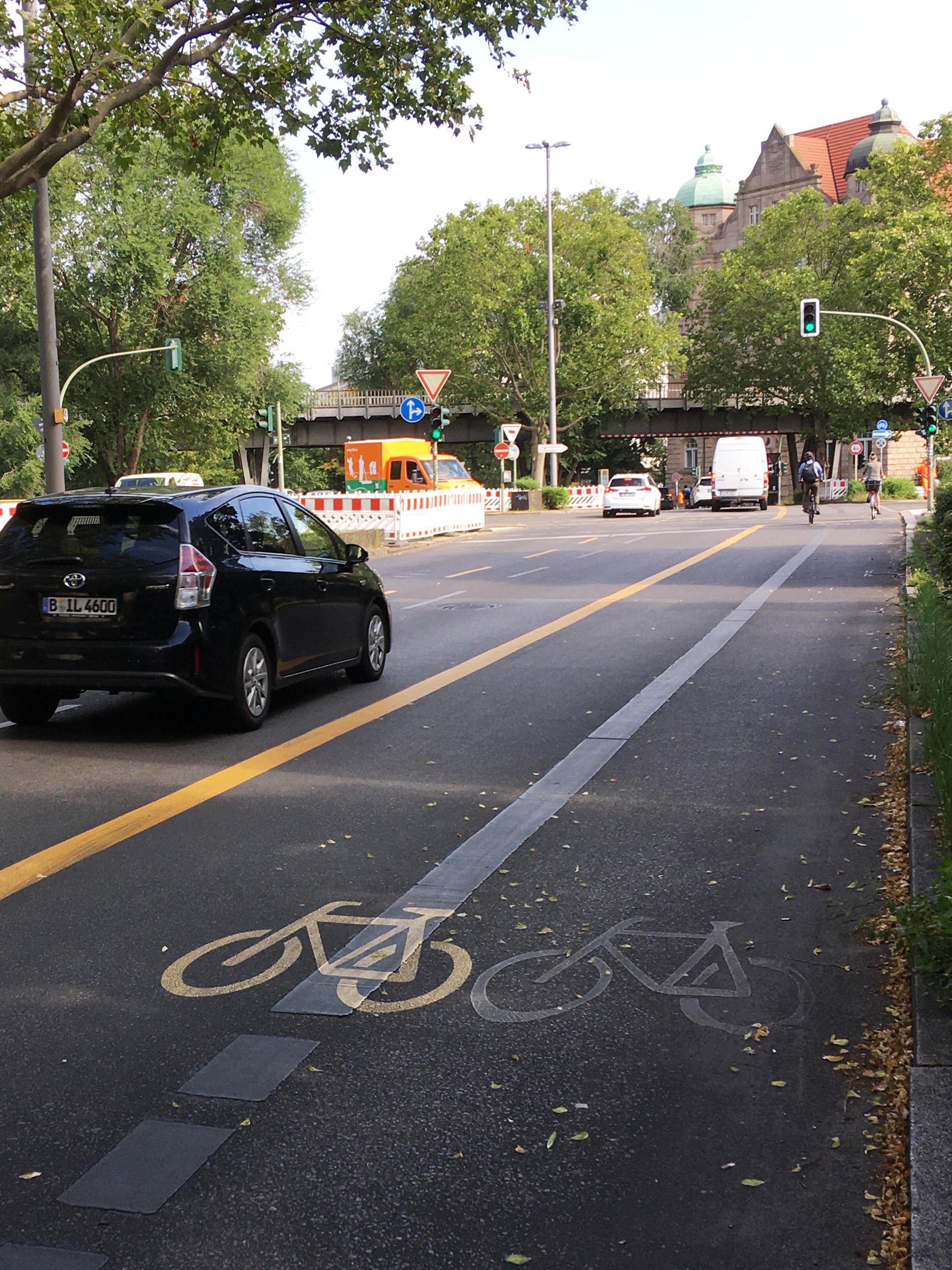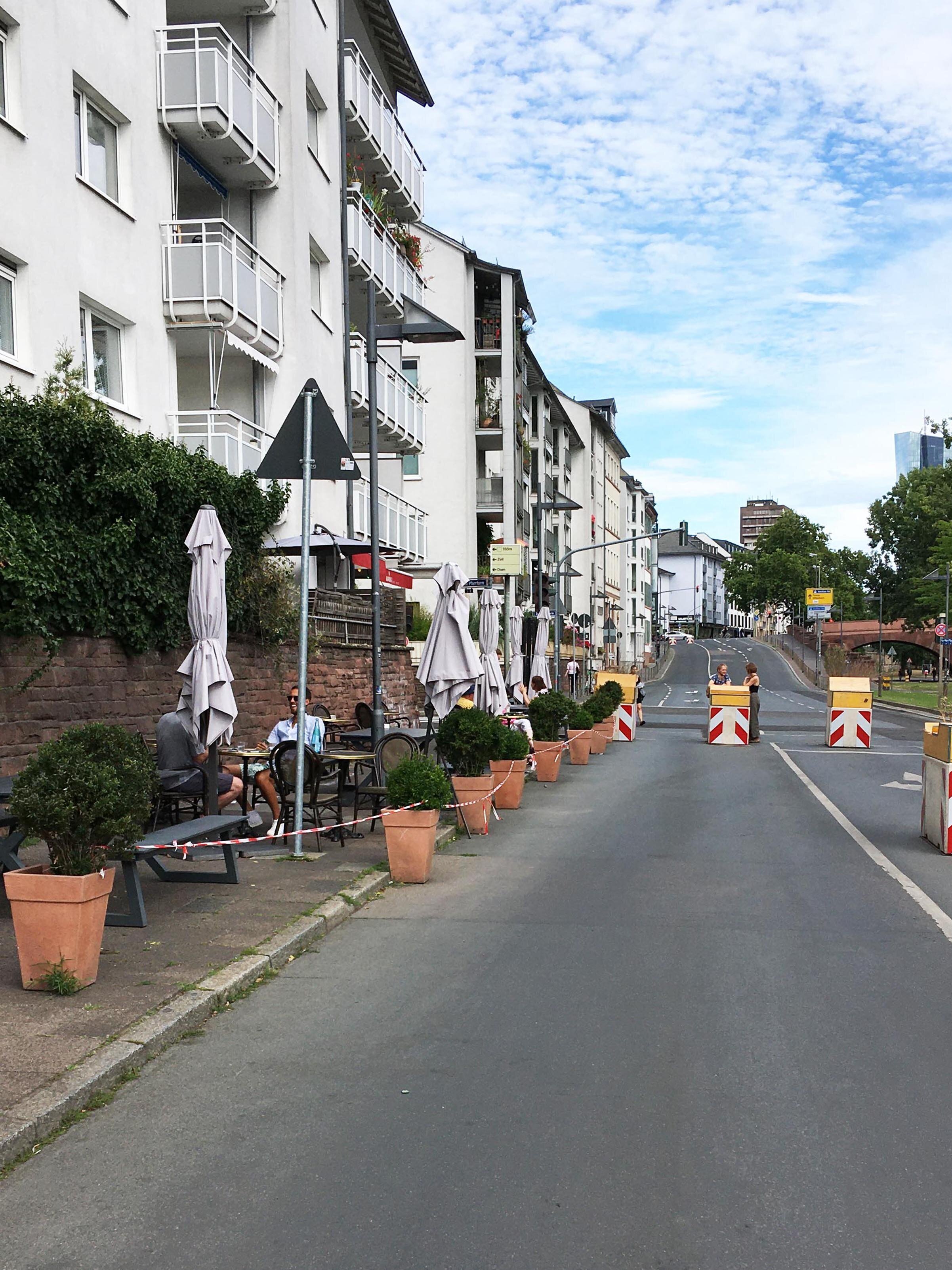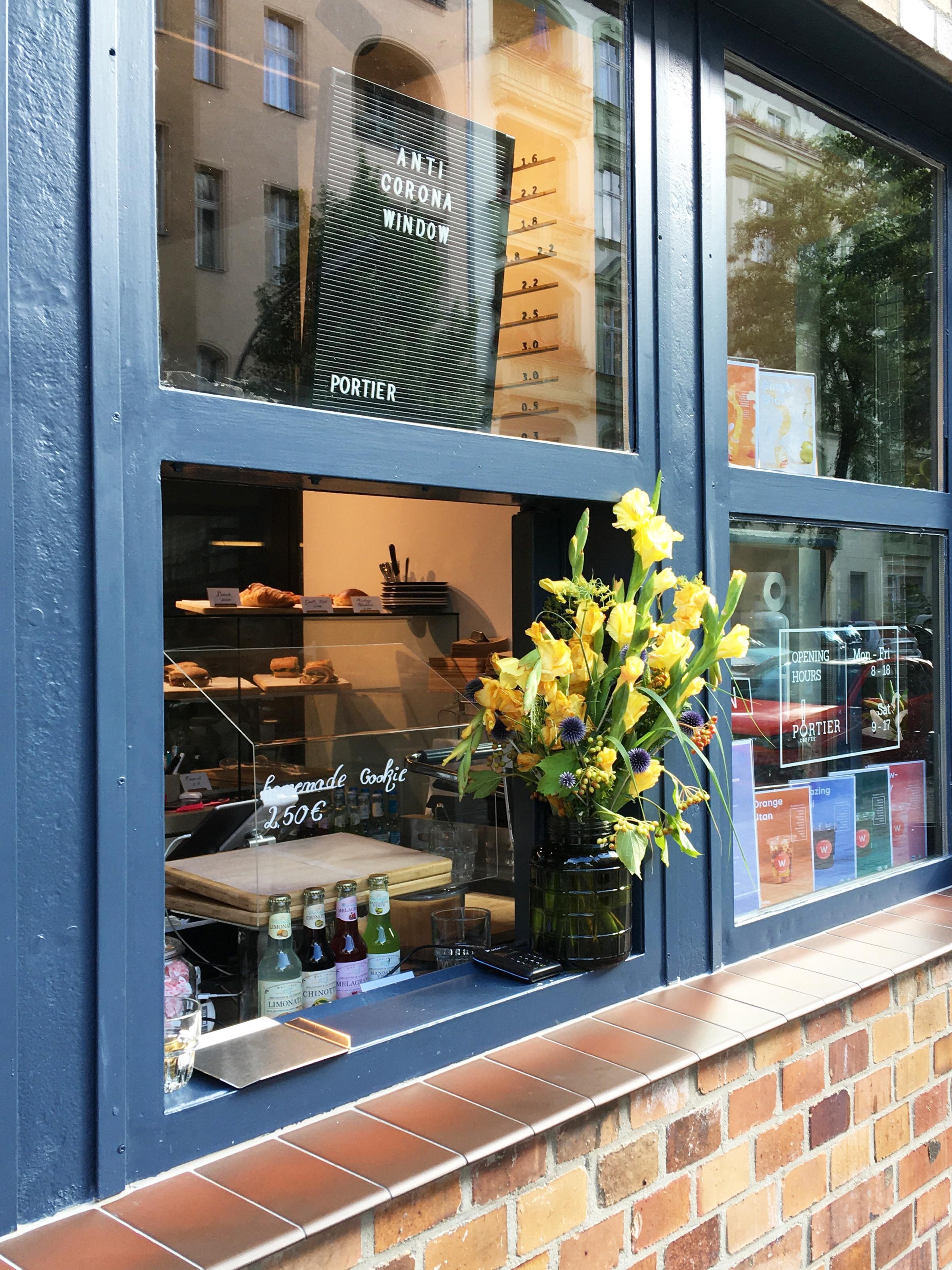Adaptive Streets : Changing spaces in the Covid Crisis
The ‘Covid-19 Summer’ of 2020 saw fundamental shifts in how urban street space is used, attributed, and perceived by city dwellers. Our research project and article for the international urban design magazine MONU, ‘Bringing about the Adaptive Street – The Covid-19 Crisis as catalyst for a paradigm shift in urban space’ examined these changes as they were happening.
In particular it examined how in cities across Europe:
“The sudden crisis has necessitated, and often facilitated, the quick deployment of ad-hoc solutions that make pragmatic use of the changing conditions. The range of measures deployed is varied, from pop-up cycle lanes and the application of ‘Residential Areas’ to the creation of individual play-streets, and yet through them all runs one consistent thread: directly human related activities in streets are requiring more space.”
Temporary measures in Frankfurt am Main, Berlin and England. Photos - J. Yates & A. Andreou
The article studies issues including: the street as a space for social contact, how specific groups and functions have been appropriating the public street, changing thresholds between public and private space, and the concept of the ‘adaptive street’. It finishes by examining how the crisis has offered urban designers and planners an opportunity to deploy the ideas of ‘Tactical Urbanism’, that is “a program whereby small scale, ad-hoc, temporary interventions can act as catalysts engendering long term fundamental change for the better.”
The full article can be previewed and bought as part of MONU’s edition #33 on their website here >>.

